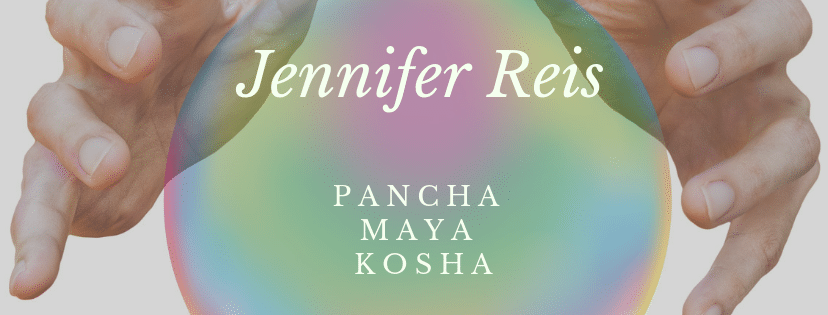Things You See in a Yoga Studio – The Lotus Flower
What is the meaning of a lotus flower?
“No mud, no lotus.” – Thich Nhat Hanh
It looks like—and is—a water lily. The water lily, or lotus flower, has a wealth of meaning and history behind it. The Sanskrit word for lotus is kamala. The lotus flower blooms on the surface of water with its roots are deep in the mud – a symbol of light and emergence from darkness. In Buddhism, the lotus blossom represents the heart opening. Buddhists compare the opening of the lotus flower petals to the unfolding of what is divine within you. It is a perfect reflection of new beginnings, purity and enlightenment. A closed bloom is the heart with its infinite potential for enlightenment, waiting to unfold. The lotus flower is comprised of 8 petals and is represented of the Eighfold Path of Good Law.
The bud symbolizes potential – the lotus can rise from unclean water to blossom as a pure uncontaminated flower. At night the lotus flowers sleeps, when the sun emerges, so does the flower. Life is born and reborn. The color of the lotus flower signifies different meanings in Buddhism:
White: This color symbolizes being pure in body, mind and spirit. It symbolizes the heart of the Buddhas, and also represents overcoming obstacles of the human nature.
Red: This color symbolizes emotional attachments of the heart. It represents love, compassion, passion and other heart-centered emotions. It is usually depicted with its petals open to represent the heart being open and filled with love.
Blue: As a representation of wisdom and common sense, the blue lotus flower is often seen as only partially open. It symbolizes knowledge, learning and intelligence. The blue lotus flower is never fully opened, and its center is not seen. This represents the continual need to gain wisdom, learn and expand the mind in order to reach enlightenment.
Pink: A representation of the Buddha himself, the pink lotus represents the history and legends of the Buddha.
Purple: This is the color that represents mysticism and spirituality. It is shown in several ways such as one stem or three stems. Its petals are shown both opened and closed. It is sometimes a bud and sometimes fully bloomed. All of these differences represent the different mystical and spiritual journeys taken on the path to enlightenment.
Gold: A symbol of complete and total enlightenment, the gold lotus often represents the Buddha. It represents having reached full enlightenment and having achieved all that can be achieved.
In the 7 Chakras discussed widely in yoga and used in Reiki, each chakra is represented by a particular color lotus with a specific number of petals. The higher the petal count, the higher the vibrational frequency, and the closer one moves to enlightenment:

- Root Chakra – 4 petals
- Sacral Chakra – 6 petals
- Solar Plexus Chakra – 10 petals
- Heart Chakra – 12 petals
- Throat Chakra – 16 petals
- Third Eye Chakra – 2 (or 96) petals
- Crown Chakra – 960 (or 972 or 1000) petals





